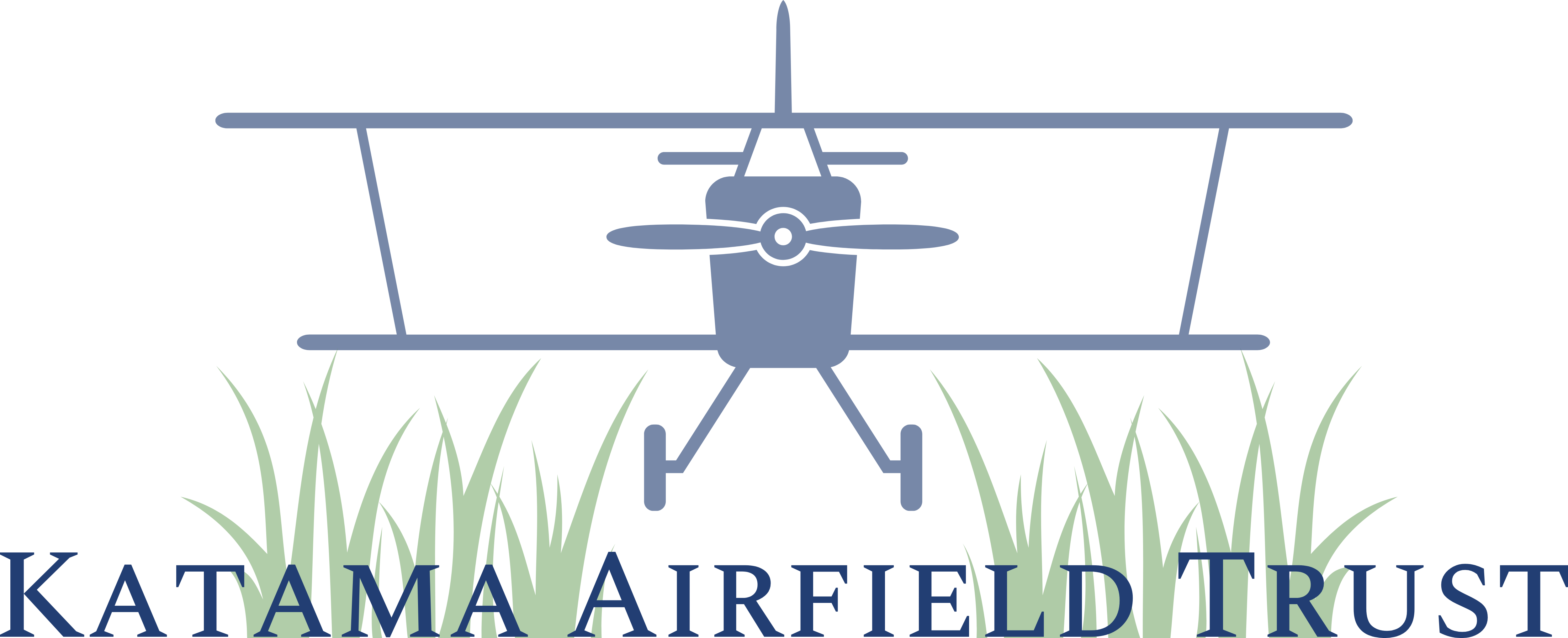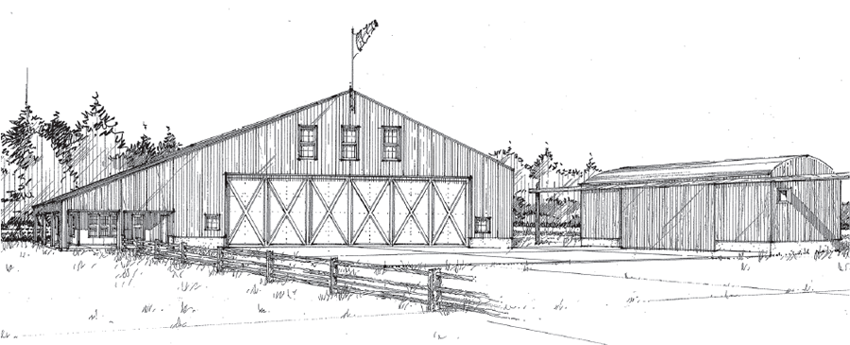Fact Sheet
Warrant Article 68: Hangar Replacement at Katama Airfield (PDF)
Why does the Airfield need a hangar?
There’s a hangar at nearly every airport. The hangar serves as a focal point for visiting pilots to report into, protects aircraft from weather, provides a place for maintenance work to be done on aircraft, stores Airfield maintenance equipment out of the weather, and provides an office for the Airfield Manager. The hangar is a gateway and first impression for visitors to Edgartown arriving by air. It is an iconic structure that defines the quality of the Town’s infrastructure. Visitors, who contribute millions to the local economy, drive out Herring Creek Road and are impressed that we have our own Airfield and a place for kids to watch and learn about small planes.
What do we get for this?
The current hangar is 4,500 sq. ft. The proposed hangar is 6,200 sq. ft. The new hangar will house three aircraft, maintenance equipment, the airport manager’s office, an area for pilots or student pilots to plan their flights, and a storage room for parts and equipment. The building will have wide horizontal sliding doors and personnel doors on the sides. The extra storage space would allow the Airfield to remove the “green monster” shipping container storage unit on site that is unsightly.
Does the hangar and Airfield generate any revenue? How much?
The Airfield charges planes $15 per landing, $25 per night for parking, and $350 for seasonal parking. The Airfield has about 550 landings per year. The rate for aircraft in the hangar (with a capacity of three) will be approximately $375 per month or $75 per night. Additionally, the Airfield sells approximately 8,500 gallons of aviation fuel each year at approximately $5.75 per gallon. The Airfield leases the restaurant space for $50,000 per season and earns an additional $7,500 from other Airfield operators, including the bi-plane ride operator. All told, the Airfield brings in approximately $120,000 per year with expenses of approximately $95,000. The Airfield, even with the cost of the hangar, is not a drain on the Town. Additionally, the Airfield and the hangar have been instrumental in teaching hundreds of Island kids how to fly.
Who benefits from the Airfield?
The Airfield makes it very easy for small aircraft and their passengers to visit Edgartown and South Beach. Local residents and visitors enjoy watching the small plane activity.
The Town of Edgartown owns the Airfield. It leases the restaurant space and conducts operations at the Airfield through the Airfield Commission and the Conservation Commission. Lease and operating revenues are received by the Town treasury and airport personnel are hourly paid seasonal town employees.
Residents of Edgartown benefit from having a historic grass airfield that is relatively low impact and is considered one of the most ecologically significant natural areas in Massachusetts.
Most importantly, the Airfield preserves 190 acres of beautiful oceanfront sandplains grasslands, had it not been for the gift/bargain sale of this land to the Town from the Stephen Gentle family with the condition that it remain an airfield, would be worth far more as residential development. Gentle loved the Airfield so much that he was willing to part with it so that it would be maintained as an airfield. The hangar is the icon/centerpiece of the Airfield that commemorates this extraordinary gift and a critical component in maintaining a safe and well run airport.
What is the (long) history of getting the hangar replacement approved?
The hangar reconstruction project started in 1995, when the cost of the building would have been much less. Expansion of the footprint of the hangar required renegotiation of the Conservation Restriction, Self Help Agreement and Management Agreement between the Town, the Commonwealth of Massachusetts, The Nature Conservancy and the Mass Natural Heritage and Endangered Species Program for Katama Airfield. The State of Massachusetts required an additional transfer of 22 acres from unrestricted use to conservation purposes. All sides have contributed tremendously to this effort, but it took an incredibly long time. As of July, 2017, all agreements are in place to allow the hangar to go forward.
What’s the cost?
The hangar has been designed and permits obtained from the Martha’s Vineyard Commission, Edgartown Health Department, Town of Edgartown Planning Board, and review by the Edgartown Building Department. The 6,200 sq. foot hangar is designed in keeping with the historic grass airfield look of the present building. It will be an efficiently sourced pre-engineered metal building with a standing seam roof. Recent budgetary estimates for the slab foundation, building, septic system, and all subcontractors have been $1,350,000 assuming compliance with Mass DCAM prevailing wage contracting standards. The Katama Airfield Trust has contributed $70,000 (in addition to $75,000 contributed previously for initial plans and studies) and Community Preservation Funds have previously earmarked $250,000, leaving an estimated balance of $1,030,000. A $170,000 allowance for additional expenses related to the public procurement process and compliance with updated building codes has been added to the Warrant request amount of $1,200,000. The Airfield Commission is hoping to be able to return this amount to the Town treasury through rigorous sourcing and tight project management. Yes, the hangar is expensive, but the original acreage cost was about $12,000/acre. We’re still it in for short money!
What happens if we don’t approve this hangar?
The current hangar, originally pieced together from hurricane destroyed remnants of two buildings on the Airfield, is in sad shape. It has leaks that are handled with plastic tarps and corrugated panels that are severely rusted. Eventually, this hangar will need to be taken down and, absent a replacement hangar, would require the Airfield to build a lean to shed/tarp to provide a garage storage for Airfield maintenance equipment (runway mowers, aeration, etc.). The Airfield would likely need to add container type storage units that, in our opinion, are unsightly and do not provide an Airfield that we are proud of.

